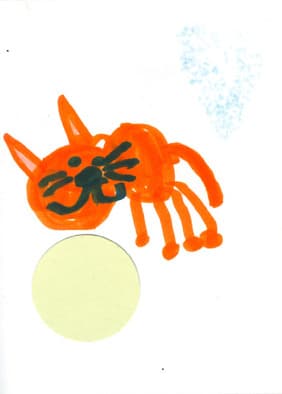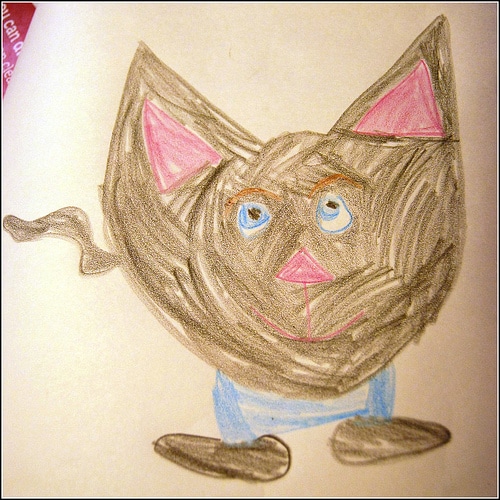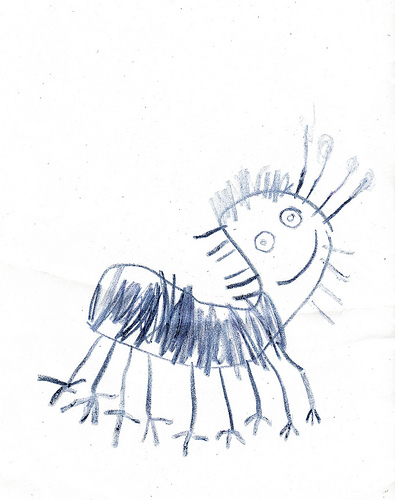If these don’t put a smile on your face, nothing will! Here are some drawings of cats by kids. Art at its finest, if you ask me!

Drawings of Cats by Kids




Last Updated on March 8, 2024 by Catster Editorial Team

If these don’t put a smile on your face, nothing will! Here are some drawings of cats by kids. Art at its finest, if you ask me!




Pangolia